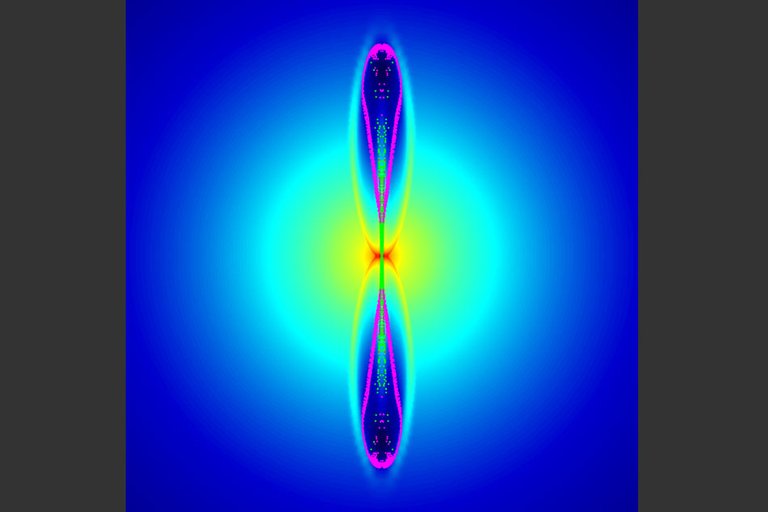
None of the first generation stars, classified as Population III due to their lack of heavy metals, are believed to survive today, leaving studying the remaining second generation, Population II, stars they helped to spawn as our only option to learn about them, barring a discovery in the distant ancient galaxy, Cosmos Redshift 7. Due to being composed almost entirely of helium and hydrogen, with trace amounts of other non-heavy elements, the first generation stars would have been very large and extremely unstable, leading to their short lifespans.
Astronomers assumed they would end their lives in spectacular, spherical supernovae, however, the discovery of a large presence of zinc in HE 1327-2326, a very old second generation star, may upend that assumption. After running over 10,000 simulations, the team found that the only viable scenario in which HE 1327-2326 would form the way that it did would be if a first generation star had died in an asymmetrical supernova powerful enough to launch material into a neighboring galaxy.
Additionally, the team's analysis indicated that the supernovae of first generation stars were potentially 5 to 10 times more energetic than previous believed. This means that the stars may have potentially contributed to the reionization of the gas in the early universe from its previous neutral state, allowing galaxies to eventually form.
Read more: http://rsci.nl/vqv
Read more: http://rsci.nl/gpm
Image: Melanie Gonick